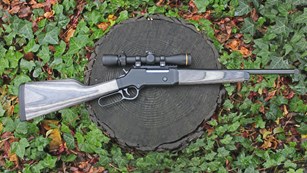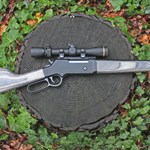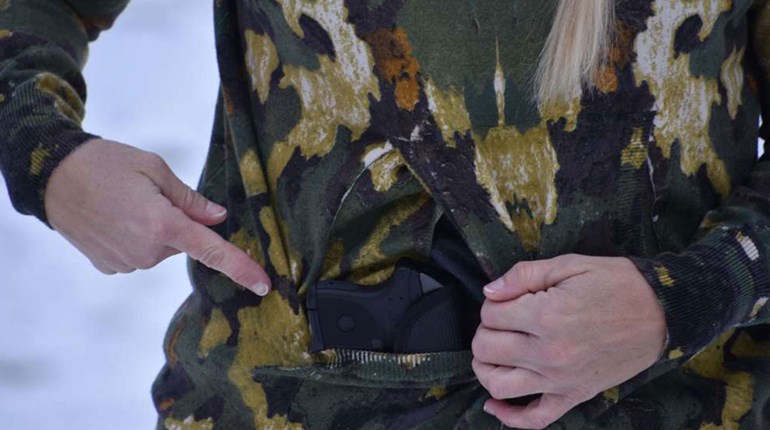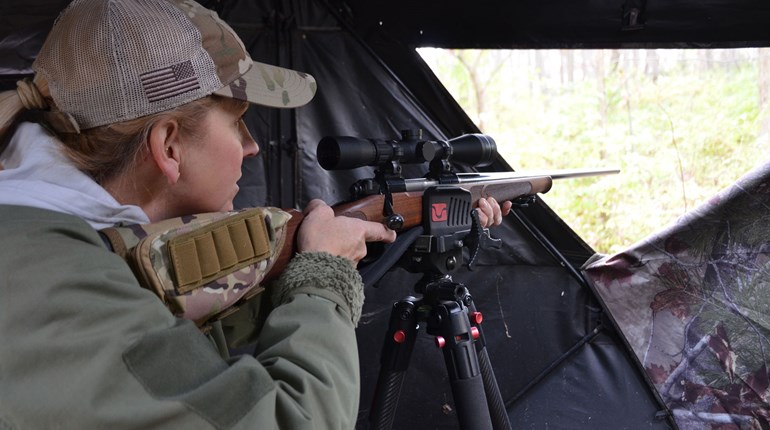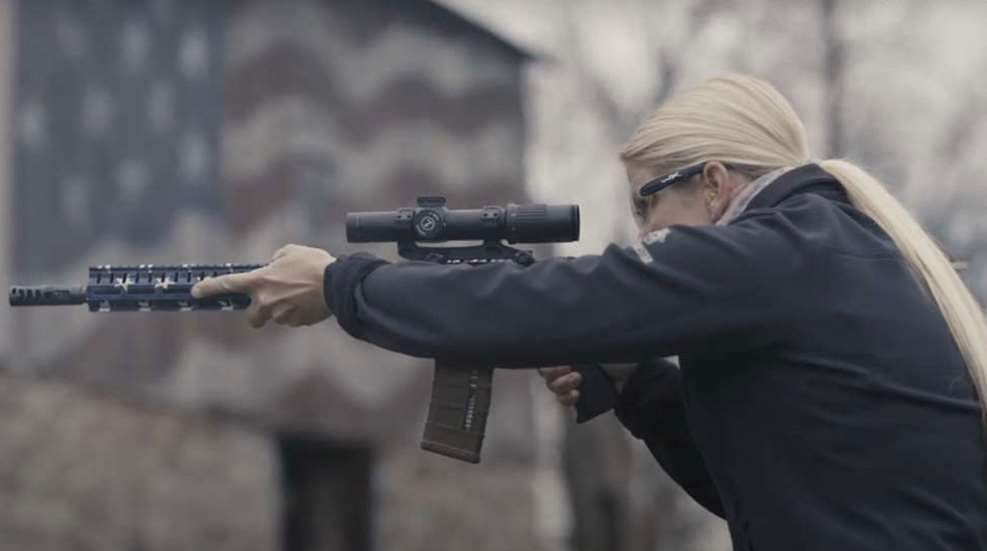
If there were ever an activity that fits the description, “It’s all in your head,” shooting firearms would be that activity! One way you can use your head, both physically and mentally, is by being aware of how you hold it.
In Your Head—Mentally
While there is a mental side to shooting a firearm that cannot be overlooked, there is a physical aspect that, with the appropriate repetition, you can put the mental side on “autopilot,” especially for recreational shooting. In fact plinking and shooting for fun can be very cathartic and since more people shoot than golf, it could be said that plinking is a great way to just mentally unwind.
Once you lay down the dry fire and practice time to manipulate and use your firearms safely and with skill, it’s fun to just shoot. A lot of learning can actually happen in rec shooting, and that’s a great way to get reps in.
In Your Head—Physically
How we physically hold our head matters when shooting firearms. The average human head weighs about 11 pounds (or 5kg). That’s 11 lbs. that you can leverage to help counter recoil. Does this matter? In any activity that requires balance, head position is likely talked about—from skiing to golf, activities where we must balance and use our eyes as well as the rest of our body, what happens with our head is important.
For shooting and shooting sports, head position means that we actively think about what we are doing with our head. A simple breakdown can be thought of as where, what and how.
Where, What and How
Where = where we position our head. The “where” that we put our head depends on the firearm we shoot. But as a general basis for where our head should be, it’s facing the direction we will shoot, held level (not tipped to the side), and forward (forward of our torso and center of mass).
The direction we face is pretty understandable—we need to face at what we are shooting. This also helps us establish our natural point of aim.
Holding our head level is necessary because our inner ear and humans’ anatomy governing balance are inside our head. If our head is tipped sideways, we are going to face all sorts of struggles.
Holding our head forward relates to its weight. The further forward it is, the more weight we have countering the forces of recoil that would push us backward or off balance.
What = What firearm are we shooting? What are we doing with our firearm? What other variables might cause us to alter our head position.
The firearm platform we shoot dictates our head position. For rifle and shotgun, we want a firm cheek-weld. This means our face (head) must move forward to the stock of the firearm. For pistol, we want our head (and weight of entire body) forward to keep our upper body mass further forward, directly countering the recoil of the pistol.
Depending on what we are doing with our firearm, our head position might also be affected. For example, if we are shooting a rifle aggressively on the move, we’re going to have our head as forward as we can get it while maintaining a proper eye-relief on our optic. But if we were shooting kneeling for high-power rifle, or long range for hunting, we’re going to be more concerned about eye relief and not having any shadows in our scope—we want to make a perfectly aligned shot. And we’re not standing so our body absorbs a lot of recoil and has more in contact with the rifle and more of our body in contact with the ground. Our head position is not as critical for this style of shooting, except as it relates to proper eye-relief and sight alignment.
Other variables that might change our head position are things like hearing protection, or shooting from an awkward position while hunting. But the truth is that as much as possible, we need to set up our gear and shooting positions so that we can have a proper cheek weld, with proper eye-relief, and our head upright, level, and forward.
How = How do we best accomplish this? The best way to get our head in the right place is to understand where it needs to be. Set up our firearm so we can achieve the proper head placement. And work with the firearm to use it properly.

Common phrases for head placement:
“Nose to the charging handle.” This is another way of saying, “Move your head forward.” If you are shooting a semi-automatic rifle, the charging handle is what you can try to get your face (head) closer to.
“Get proper eye relief.” Eye-relief is the distance from your eye to the back end of the scope or optic. It matters because if you are too far from the scope, or mis-aligned, you will see shadows in your scope. If shadows are on one side or the other, that’s indicating that you’re not looking straight through your optic—similar to having mis-aligned sights. If you see a small circle of light and your target with a bunch of black around it—the inside of the tube of your optic—you are WAY too far back and need to get closer. This is why setting up an optic for the person matters. A 6-foot male might be able to have an optic mounted much differently than would a 5-foot female. So if you cannot get your head far enough forward, the scope might need to be moved back in its mount closer to your face. Conversely, a scope mounted too far back will cause a person to have poor position of their head and body, and can cause injury under recoil. This is why good mentoring matters. A person struggling to get proper head position when using a firearm for the first time should not have to also perform gymnastics beyond their body’s ability.
Paying attention to where your head is will help you to manage recoil, aim properly and enjoy shooting firearms more. So do some work and get out there on the range!










